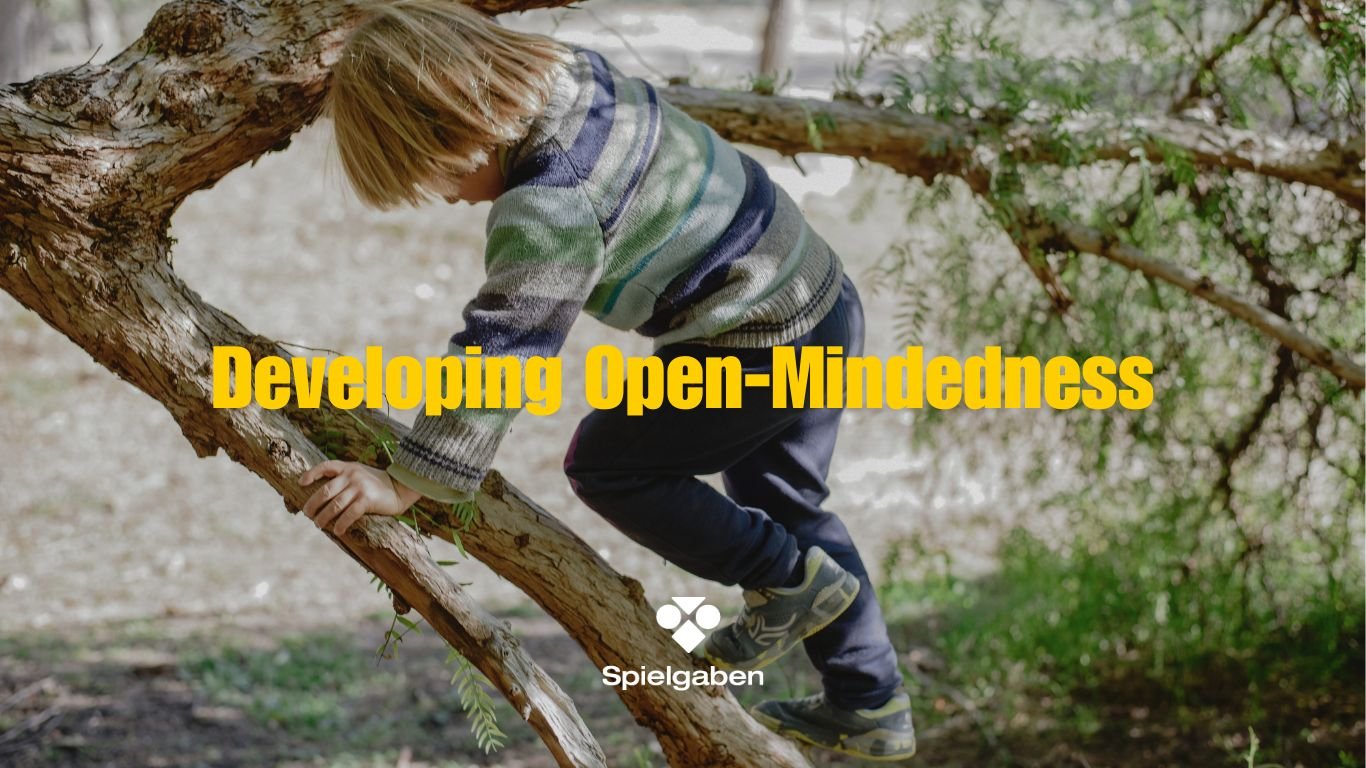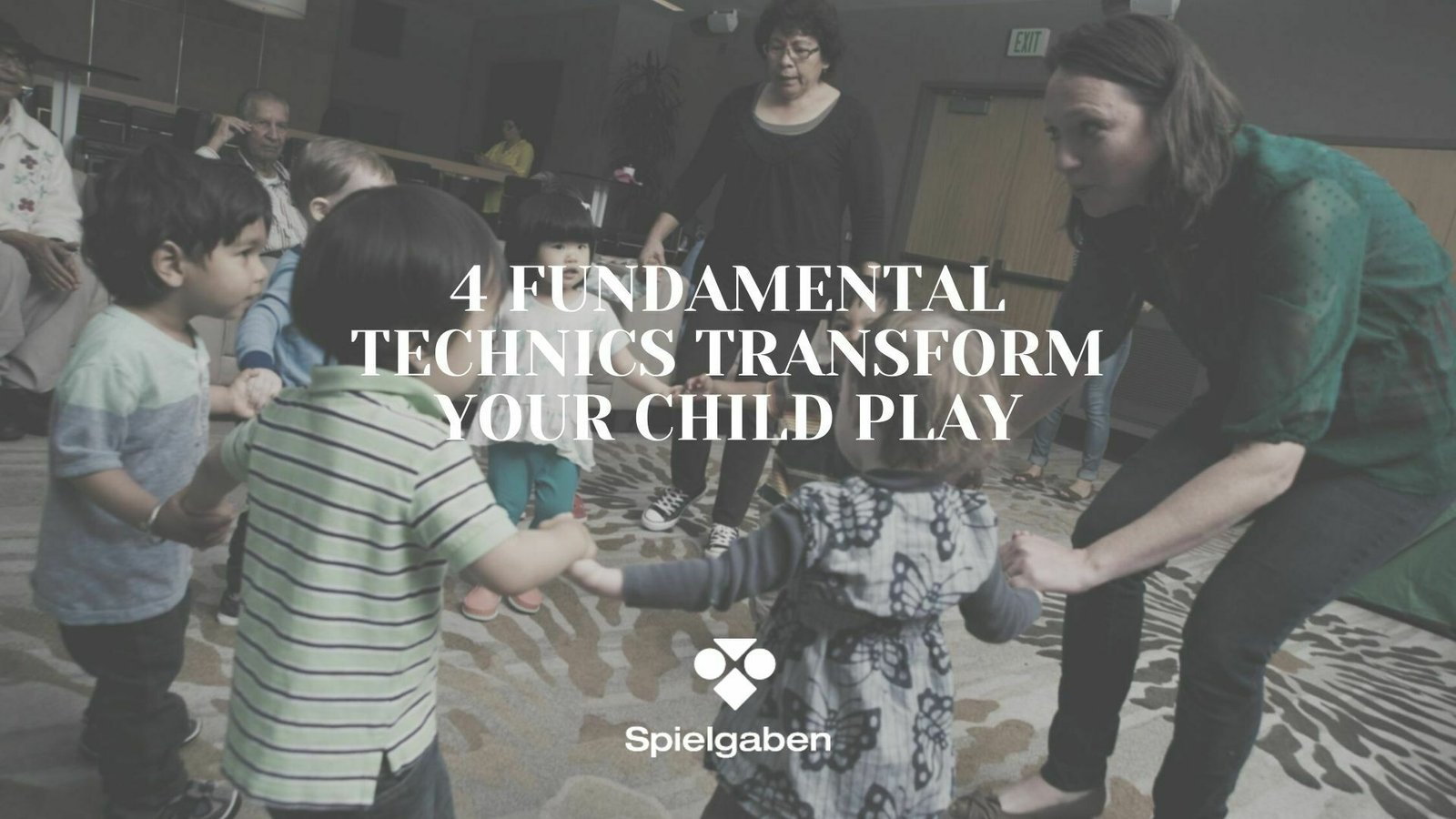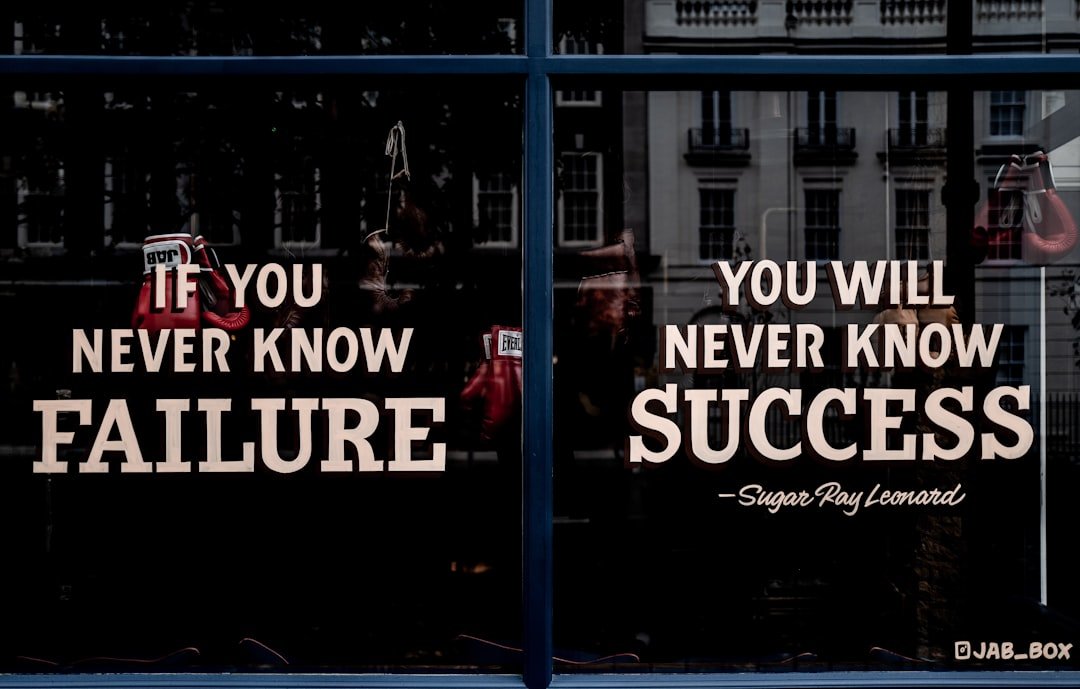Stop Fighting Your Child’s Big Feelings: The One Skill That Changes Everything
You’re Accidentally Teaching Your Child That Emotions Are the Enemy
Have you ever told your child to “just stop worrying” about their test tomorrow? Or urged them to “think positive” when they’re scared about making new friends?
Here’s the truth that might shock you: Research shows that when children battle their emotions, those feelings grow 3x stronger. Every time you encourage your child to push away difficult thoughts, you’re unknowingly teaching them that their feelings are dangerous threats that need eliminating.
But what if there’s a better way? What if you could help your child develop mental flexibility—the ability to handle life’s challenges while staying true to what matters most?
In this guide, you’ll discover six powerful shifts that’ll transform how your child relates to their emotions, turning them from emotional wrestlers into emotional dancers.
Why Your Child’s Worry Gets Worse When They Try to Stop It
Picture this: Your daughter Maya walks into the kitchen, anxious about her upcoming presentation. You tell her, “Don’t worry, you’ll be fine!”
She tries. She really does.
But the worry gets louder. So she tries harder to push it away. And the anxiety explodes even stronger.
Sound familiar?
Here’s what’s happening inside your child’s brain: Their mind evolved to protect them by spotting every possible danger on the horizon. When you teach them to treat anxious thoughts as threats that need eliminating, you’re actually telling their brain these dangers are real and need even more attention.
It’s like telling them not to think about pink elephants. Suddenly, they’re everywhere.
The Quicksand Effect: Why Fighting Makes It Worse
Consider Jamal, a 10-year-old who struggled with thoughts of not being good enough at soccer. The harder his parents tried to convince him these thoughts were wrong, the more examples his mind found to prove they were right.
Fighting with thoughts is like quicksand—the harder your child struggles, the deeper they sink.
Because traditional approaches don’t work, you need a different strategy.
How to Teach Your Child to Watch (Not Fight) Their Thoughts
Instead of battling emotions, you can teach your child to relate to their thoughts differently.
When 8-year-old Aisha notices herself thinking, “I can’t handle this,” she now follows up with a simple phrase her mom taught her: “I’m having the thought that I can’t handle this.”
This small shift helps her see thoughts as passing mental events rather than absolute truths.
Try this with your child today:
- Imagine thoughts as clouds passing across the sky—you don’t need to chase them away or grab onto them
- Picture thoughts as cars on a train—you can watch them pass without jumping aboard every one
- Say together: “I’m noticing the thought that…” before any scary or sad thought
The goal isn’t to eliminate difficult feelings. When 12-year-old Kenzo faces social anxiety, his dad taught him to acknowledge it: “Hello, old friend.” This simple recognition reduces the thought’s power more effectively than any attempt to fight it.
Remember: Your child’s mind is like an overprotective friend who means well but sometimes goes overboard. They don’t need to argue with it or silence it. Instead, they can thank it for trying to help while choosing whether to take its advice.
The Sky Trick: How to Help Your Child Stay Steady During Emotional Storms
Imagine explaining this to your child: “Your mind is like the weather—constantly changing, sometimes bright, sometimes stormy. But YOU are like the sky, always big enough to hold whatever weather passes through.”
This isn’t just a nice metaphor. It’s a practical way to help your child understand their relationship with difficult experiences.
Teaching the Observer Perspective
When 11-year-old Adebayo received harsh feedback on his project, his thoughts turned dark and stormy. But his teacher had taught him something powerful: Just as the sky isn’t damaged by storms, his deeper sense of self wasn’t damaged by temporary disappointment.
Here’s how you can teach this skill:
Sofia’s mom taught her a subtle shift. Instead of saying “I’m anxious,” Sofia learned to notice: “I’m experiencing anxiety right now.” This helps her maintain perspective even when emotions run high.
Try this exercise with your child tonight:
- Ask them to close their eyes
- Notice any thoughts, feelings, or sensations they’re experiencing
- Ask: “Who or what is doing the noticing?”
That observing part? It’s always there, like the sky behind the clouds.
Using Sky-Consciousness During Tough Moments
Lin, age 13, uses this skill during difficult conversations with family. When emotions rise, she mentally steps back and notices the whole scene—her racing thoughts, tight chest, and the urge to argue—all while staying connected to her observing self.
The result? She responds thoughtfully instead of exploding.
Your child’s thoughts, emotions, and experiences don’t define them. They’re the awareness that can notice all these things. When 9-year-old Yara feels overwhelmed by self-doubt, her dad reminds her: “These are thoughts passing through your awareness, just like clouds across the sky.”
Practice switching perspectives throughout your day together. Because when your child can find that stable place inside themselves, everything changes.
What If Pain Isn’t Your Child’s Enemy?
Most parents teach children that pain is the enemy. You spend enormous energy helping your child avoid emotional discomfort, push away difficult memories, or distract from challenging feelings.
But here’s a surprising truth: Pain is actually a messenger carrying important information about what matters to your child.
The Surprising Discovery in Grief
Consider 14-year-old Rahima, who felt deep grief after losing a close friendship. Her first instinct? Stay busy and avoid the pain.
But when her counselor helped her feel the sadness fully, she discovered something surprising—her grief was showing her how deeply she values connection with others.
This doesn’t mean your child should seek out pain. Instead, think of acceptance as dropping the struggle.
When 10-year-old Zhen experiences anxiety about trying out for the school play, his mom taught him to acknowledge it: “Of course you’re anxious—you’re doing something that matters to you.”
The Heavy Weight Exercise
Imagine you’re holding a heavy weight at arm’s length. The longer you fight to keep it away, the more exhausted you become. But when you bring it closer? The burden actually feels lighter.
Emotional pain works the same way for your child.
Here’s how to help your child practice this:
- Next time they experience uncomfortable emotions, gently turn toward them with curiosity
- Ask: “Where do you feel this in your body?”
- Notice: “How does the feeling move or change?”
- Observe: “What happens when we make space for it instead of pushing it away?”
Real Results from Real Kids
Kayla, age 12, practices this with her social anxiety. Instead of avoiding situations that make her nervous, she brings mindful awareness to the physical sensations—the butterfly feeling in her stomach, the tightness in her chest.
Because she accepts these sensations rather than fighting them, they become more manageable.
Remember, acceptance doesn’t mean resignation. When 11-year-old Marcus faces bullying, he doesn’t accept it as okay—but he does accept his anger and hurt as natural responses that can inform his actions.
Think of emotional pain like a teacher who sometimes delivers tough lessons. Yes, the teacher might not always be gentle. But fighting against the lesson usually just prolongs the learning process.
Your Child’s Inner Compass: Discovering What Really Matters
Think of values as your child’s inner compass, always pointing toward what matters most to them. Unlike goals (which you can check off and complete), values are ongoing directions your child can move toward throughout their life.
The 90th Birthday Exercise
Try this revealing exercise with your older child or teen:
“Imagine you’re celebrating your 90th birthday. What would you want people to remember about how you lived? Not your achievements, but the qualities you brought to your relationships and activities.”
These qualities point toward their core values.
When 15-year-old Elena felt stuck with her future plans, she asked herself a simple question: “When I’m at my best, what kind of person do I want to be?”
The answer wasn’t about job titles or achievements. It was about bringing creativity and helpfulness to whatever she does.
Values Energize (Rules Restrict)
Your child’s values reflect what naturally energizes them, rather than what they think they should prioritize.
Hassan, age 13, discovered this when he stopped trying to follow his parents’ definitions of success. Instead of chasing status, he recognized his deep value of continuous learning. This shift changed how he approached each day.
How to help your child identify their values:
- Notice what makes them feel most alive and engaged
- Ask: “What activities make time fly by for you?”
- Observe: “When do you feel most like yourself?”
- Discover: “If you could help anyone in the world, who would it be and why?”
Using Values as a Flashlight
Twelve-year-old Amara uses her values as a flashlight in dark times. When facing difficult decisions, her mom taught her to ask: “Which choice moves me toward the kind of person I want to be?”
This doesn’t always make choices easier. But it makes them clearer.
And here’s something powerful: Your child doesn’t need to justify their values to anyone. When 14-year-old
Priya chose to prioritize family connection over advanced academic programs, some questioned her choice.
But values aren’t about meeting expectations—they’re about living authentically.
From Understanding to Action: The Dance Floor Moment
Understanding your child’s mind and values is powerful. But real transformation happens through action.
Think of it like learning to dance—your child can study the steps all they want, but at some point, they need to step onto the dance floor.
Small Steps, Big Changes
When 16-year-old Flora decided to start a community service club, her mind filled with doubts. Instead of waiting for confidence to arrive, she took small steps aligned with her values.
Each action—from asking her first friend to join to speaking up at the school board—built momentum for the next.
Here’s your child’s action plan for tomorrow:
Choose just one small action aligned with their values. Maybe it’s:
- Spending five minutes really listening to a sibling
- Taking one step toward a project that matters to them
- Reaching out to someone who looks lonely at lunch
- Creating something (anything!) if they value creativity
- Building with hands-on materials that let them explore their interests without screens
Notice any thoughts or feelings that arise. Make room for them. Move forward anyway.
Creating Space for Meaningful Action
Here’s something powerful: Children build psychological flexibility best when they’re fully engaged without digital distractions.
That’s why many parents are turning to screen-free learning tools like Spielgaben—an educational system with 500+ activities that help children take meaningful action through play. Whether your child values creating, problem-solving, or connecting with family, these hands-on materials provide the perfect environment for them to practice committed action while managing the inevitable doubts and frustrations that come with learning something new.
Because real confidence comes from doing, not watching.
When Things Don’t Go as Planned
Mental flexibility becomes essential when obstacles appear. When 13-year-old Fatima’s art project didn’t turn out as planned, she noticed her perfectionist thoughts without getting tangled in them.
Instead of giving up? She adjusted her approach while staying true to her value of creative expression.
Remember: Progress isn’t linear. Some days your child will move confidently toward what matters. Other days they’ll stumble or step backward.
What counts is their willingness to keep dancing with life, even when the rhythm feels challenging.
Building Your Child’s Daily Flexibility Practice
Fifteen-year-old Diego integrates these skills into daily life by setting reminders on his phone:
- “Notice your thoughts without getting caught in them”
- “Make space for difficult feelings”
- “Take one step toward what matters”
You can help your child do the same.
Because the goal isn’t to perfect their life—it’s to help them live it more fully. Each time they notice themselves getting caught in old patterns, each time they make space for difficult experiences, each time they take action toward what matters, they’re strengthening their psychological flexibility.
Your First Step Starts Right Now
Here’s what you need to remember: Fighting emotions makes them stronger, but watching them pass like weather across the sky changes everything.
You can start today with just two simple steps:
- Tonight at dinner, teach your child the “I’m noticing the thought that…” phrase
- Tomorrow, help them identify one small action aligned with what matters to them
Don’t try to implement everything at once. Pick two or three tips that resonate most with your child’s current struggles. Start small, stay consistent, and watch how quickly they begin dancing with their emotions instead of wrestling them.
Imagine your child six months from now—calm in the face of anxiety, resilient after disappointments, and confidently moving toward what matters most. That’s not wishful thinking. That’s what happens when you teach psychological flexibility.
The path isn’t about perfection. It’s about practice, patience, and progress—one dance step at a time.
Ready to transform how your child handles emotions? Start with the sky exercise tonight. Because when your child learns to be the sky (not the weather), everything becomes possible.
What small step will you take with your child today? Share your commitment in the comments below—accountability makes action easier!













LEAVE A COMMENT